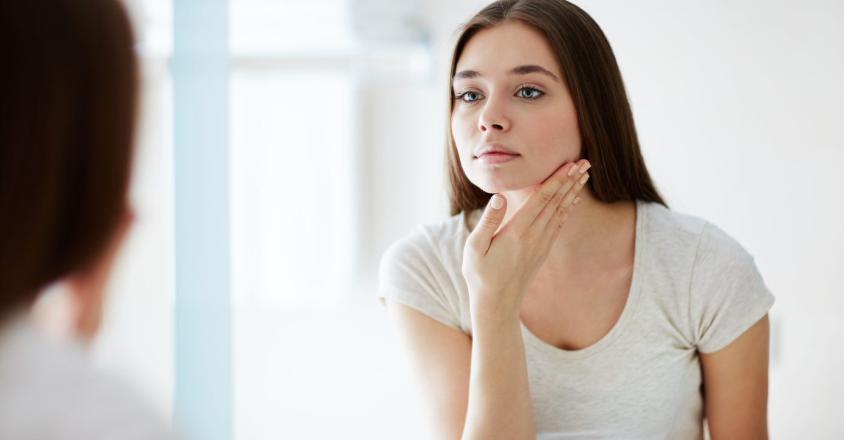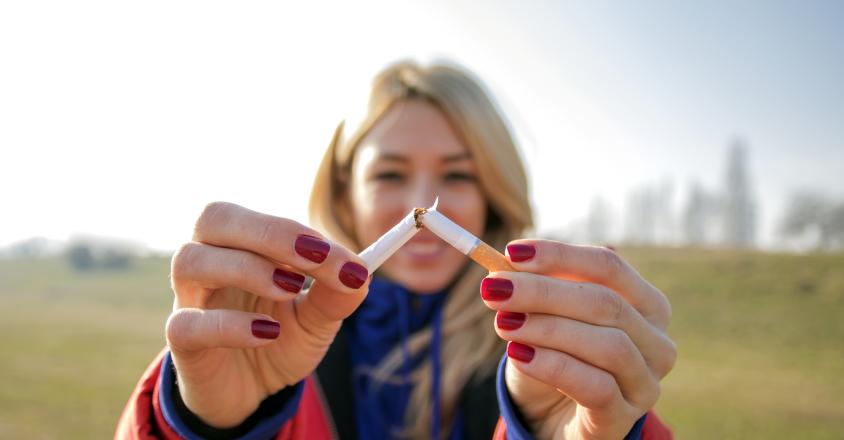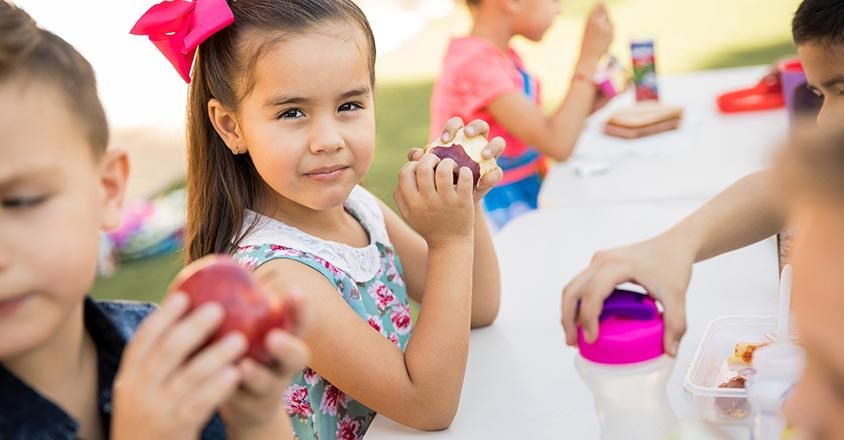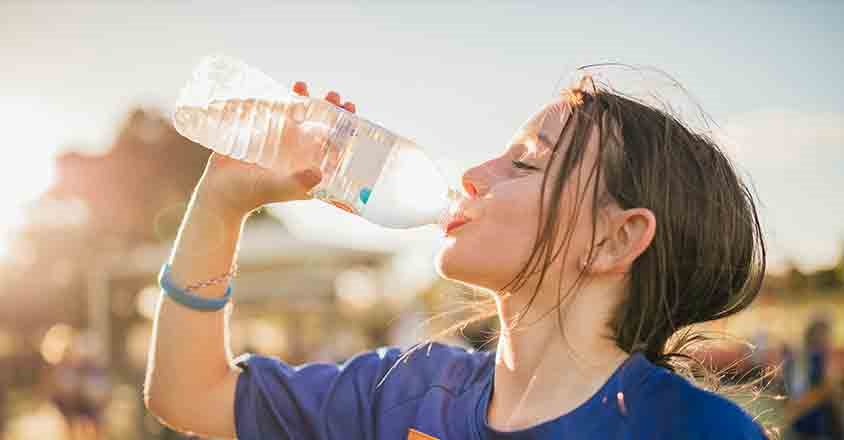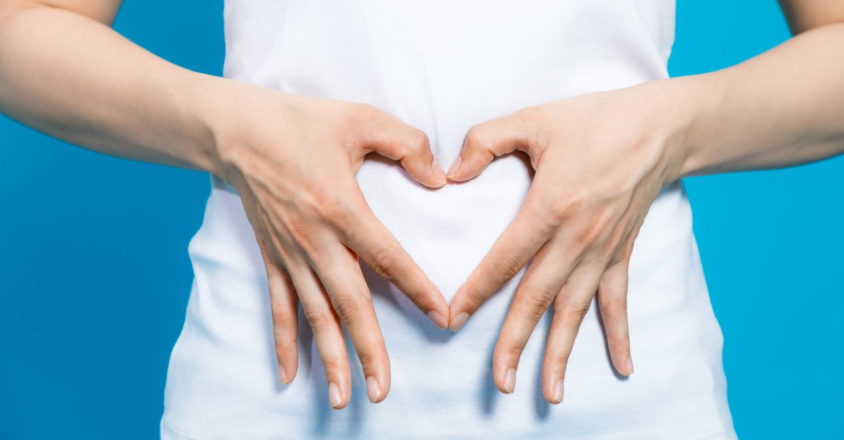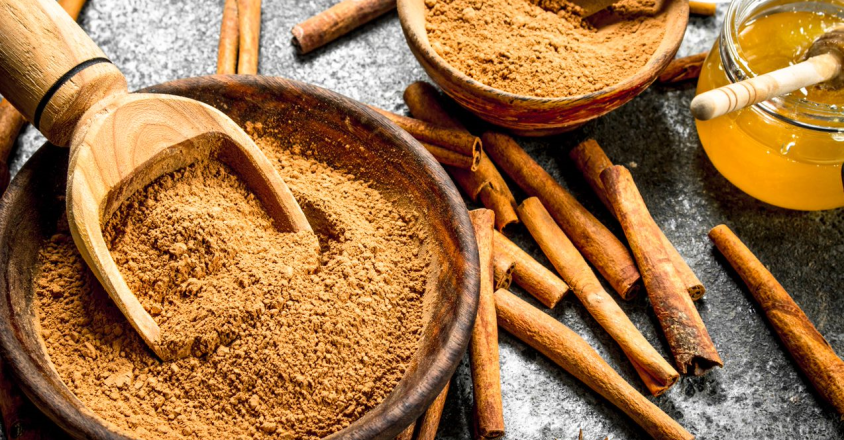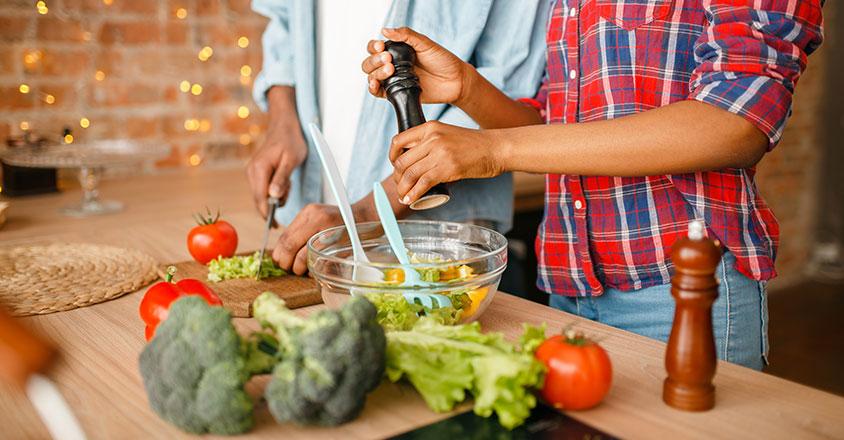Weighing in on zero-calorie drinks
Weighing in on zero-calorie drinks. Do benefits sound too sweet to be true?
To cut calories, many people switch to sipping on zero-calorie beverages. More than a quick trend, this phenomenon changes consumer markets and impacts personal health. In fact, the National Health and Nutrition Examination Survey says 28% of US adults now drink no/low-calorie sweet drinks daily. Are the benefits of drinking zero-calorie drinks too sweet to be true? Will cutting out the calories really cut down our weight?
Turns out, the answers aren’t cut and dry – they’re more mixed and bubbly, like many of the beverages themselves.
Beverage companies make low-to-no calorie thirst-quenchers by knocking sugar from the ingredient list. Instead, calorie free artificial sweeteners like aspartame, sucralose, cyclamates and saccharin enhance the drinks. While decreasing sugar consumption is a great idea, the new artificial sweetening ingredients may come with their own sour effects. For example, researchers in Europe investigated 56 studies examining artificial sweeteners’ link with cancers, kidney problems, cardiovascular disease, mood and brain function, blood sugar, oral health and more. Unfortunately, after exhaustive analysis, the researchers lacked conclusive results and recommend further, long-term studies.
Could zero calories now add up to big calories later?
Another worry is that artificially sweetened drinks stir up cravings for more sweetness. For example, a 2021 study found women and people with obesity experienced an increase in cravings and appetite-stimulating effects after consuming sugar substitutes. Interestingly, men and people with healthy weights didn’t react the same. Research on this finding continues to roll forth to discover if zero calorie sodas leads to consuming other foods and drinks, thereby increasing weight.
Tipping the scales (in a good way!) with a soda switch.
For individuals who drink large amounts of sodas, the zero-calorie alternative offers a big draw. Consider a person who drinks two 12-ounce cans of regular soda at 140 calories per can a day. By switching to a zero-calorie beverage, the person would drink 8,400 fewer calories during a month’s time – and that’s enough to lose nearly 2.5 lbs. Mathematically, the benefits add up.
Genesis HealthCare System’s Health and Wellness content conveniently provides accurate and helpful information. Your health history and current health may impact suggestions provided through our Health and Wellness content. Although we hope this information is helpful, it is not a substitute for your doctor's medical advice. Before making any significant changes, please consult your doctor.

To cut calories, many people switch to sipping on zero-calorie beverages. More than a quick trend, this phenomenon changes consumer markets and impacts personal health.
